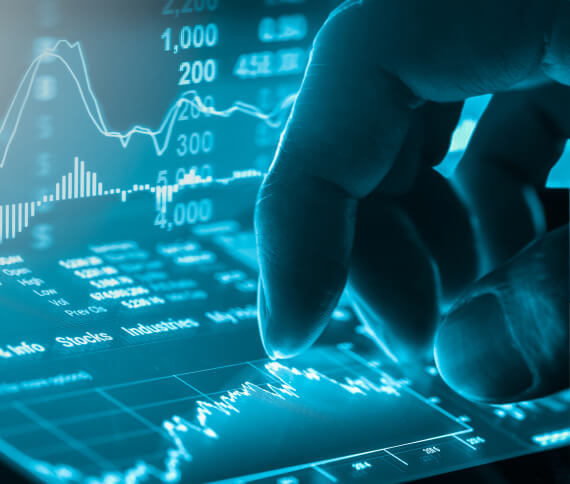Do you ever wonder how your smartphone knows when to switch between landscape and portrait modes as you tilt it? Or how your fitness tracker accurately measures your steps and tracks your workouts? The unsung hero behind these seamless experiences is the humble accelerometer.
In a world increasingly dominated by technology, accelerometer play a pivotal role in enhancing the functionality of our devices. So, what exactly is an accelerometer? Well, think of it as a tiny, intelligent sensor that measures changes in velocity, helping your gadgets understand their orientation in the three-dimensional space we live in.
At its core, an accelerometer is like a tiny dancer inside your device, gracefully interpreting the movements and rhythm of your actions. Whether you’re shaking your smartphone to undo an email or tilting your tablet to guide a character in a game, the accelerometer is there, effortlessly translating your physical gestures into digital commands.
One of the most common applications of accelerometer is in our smartphones. Thanks to these mini marvels, our phones can detect when we rotate them, allowing the screen to adjust accordingly. It’s like having a personal assistant that always ensures you have the best view, whether you’re watching a video or reading an article.
But the accelerometer’s talents don’t end with screen orientation. Have you ever marveled at the accuracy of your fitness tracker in counting your steps? You can thank the accelerometer for that. By measuring the changes in your movement patterns, these sensors can provide precise data on your daily activities, helping you stay on top of your fitness goals without having to manually input every step.
Beyond personal devices, accelerometer have found their way into various industries, from automotive to aerospace. In cars, they contribute to safety features like airbag deployment systems, ensuring that they activate at the right moment during a collision. In the aerospace industry, accelerometer play a critical role in navigation systems, helping pilots and spacecraft maintain the correct orientation in space.
As technology continues to advance, accelerometer are becoming increasingly sophisticated, allowing for even more precise measurements. This opens up new possibilities for applications in virtual reality, augmented reality, and gaming, where the slightest movement can make a significant difference in the user experience.
So, the next time you tilt your phone to capture the perfect photo or play a game that responds to your every move, take a moment to appreciate the unsung hero working behind the scenes — the accelerometer. It’s the silent choreographer, turning your physical interactions into a symphony of digital experiences.
accelerometer may seem like a small and often overlooked component in our devices, but their impact is anything but minor. They enable a seamless and intuitive interaction between us and our technology, adding a touch of magic to our everyday experiences. So, here’s to the accelerometer — the unsung hero that keeps us in sync with the digital dance of modern life.


















